On-page and Off-page SEO Practices you Need to Know
Being an SEO expert, you may know that Google makes continuous changes in its algorithm that makes you revamp your SEO strategies.
SEO falls into two categories on-page and off-page SEO.
Different factors and practices in both categories are crucial in creating results-driven SEO campaigns.
This guide will highlight and explain on-page and off-page SEO tactics so that they will make a valuable contribution to your SEO knowledge.
On-page SEO
On-page SEO involves optimizing your website's different components that affect your search engine rankings.
Any activity you perform to modify your website is part of on-page SEO.
Using keywords in your web content, title tags, meta descriptions, and alt tags is the basis of on-page SEO.
It refers to the changes made within the website to improve and optimize the performance and quality of your website content.
Here are some on-page SEO examples and practices.
Relevant Keywords Optimization
Optimization of relevant keywords is the foundation of SEO. Experts are now targeting the keywords that fit online users' search patterns and queries.
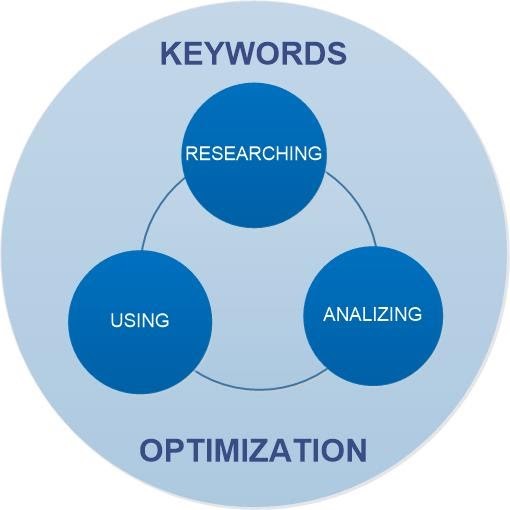
You must understand your audience's mentality and user search intent for keywords. This way, you can build your website content based on those keywords.
Meta Description and Title Tag
Different URLs appear when users type something on Google; the description shown beneath that URL is known as a meta description.
The description gives an overview to the user of the page. However, things have changed. Google also crawls content from within the body of content, which the crawler thinks is relevant. But putting a meta description gives information to the snail about the page.
Good SEO practice is to optimize the relevant keywords in this section. In this way, search engine crawlers can easily pick your web page.
Unique and keyword-rich meta descriptions make you stand out and enhance your organic CTR.
A title tag is the title of any particular web page that appears on the search results.
Integrating the relevant keyword to enhance the page's search engine visibility would be best.
Using the title tag modifiers such as "best", "top", "guide", "fast", "great", "review", and "quality" allows you to rank for long-tail keywords.
On-Page SEO Content
When it comes to on-page SEO, the content has to be unique and relevant. It should provide significant value to the users.
By "unique" means that you should not publish something that already exists online. You have to come up with something new every time.
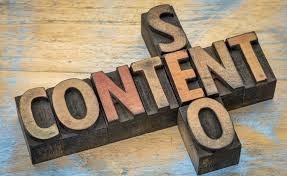
New strategies or tips, like posting a case study, etc., can immediately grab the attention of Google.
Content relevance is another significant part of on-page SEO content.
Your content needs to answer users' search queries per their needs and interests.
It should help them to achieve their desired results when they type a particular phrase in Google.
The more your content is relevant, the better chance it will have to rank.
You may check content relevance by searching a particular phrase in Google.
For example, if you type "top digital marketing services" in the Google search bar, you will get the top search results with the most relevant content for this particular keyword.
Starting with unique and relevant content is positive, but it's not sufficient.
According to a statistical study, over 4 million blogs are posted daily. So your content must be precious.
Here are some ways to add tremendous value to your content.
- You can add screenshots and images for a step-by-step explanation, making understanding easy for online users.
- High-quality and crisp content will engage more users.
- Provide updated information with the latest strategies.
- Look for an expert author with first-hand experience in doing things you want in your content. It adds more value to your content than choosing a freelance writer who has never done anything he is supposed to write about.
If you want to maintain your search engine rankings, then you have to satisfy the user's search intent.
Your page needs to meet the exact need of Google searchers, or else your page will be lost on the 3rd or 4th page.
You need to understand the user's search intent for the particular term by looking at the top 10 search results on the first page. Then, you need to develop your content accordingly.
Alt Text
If you use any image in your content, you can attribute it through the word or phrase. It helps your content to get indexed and found easily.
Let's say you have created a blog related to "car maintenance tips," then you can save the alt text as "car maintenance tips."
In this way, that image will start to rank for that particular phrase in the search results.
Internal Linking
Internal linking holds particular importance in SEO. Linking from high-authority pages boosts its visibility in the eyes of Google.
Use keyword-rich anchor text while internal linking to the pages with the most link authority.
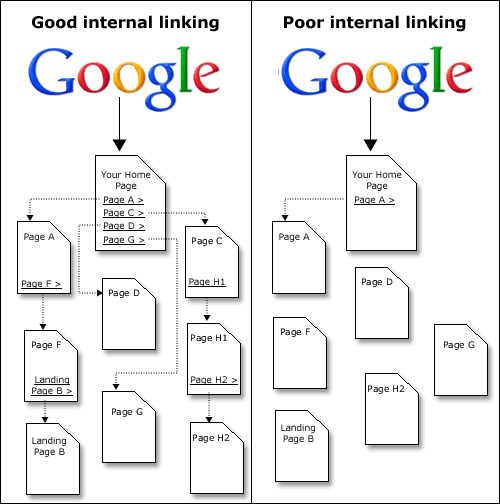
You can use an SEO tool like Ahrefs to align those pages and internal links them from high-authoritative pages.
Wikipedia is an excellent example of internal linking. You can see how they add keyword-rich internal links to their pages.
Website Performance
Website performance and page speed are also crucial on-page SEO factors.
Web pages that take too long to load or are not mobile responsive are expected to rank low in SERP.
Users will come to your website and leave it immediately, which will also increase the bounce rate.
Search engines monitor all these factors to rank your website, so it's vital to compress image size on pages, improve website compatibility for all devices, and reduce redirects.
Off-Page SEO
On-page SEO factors are linked directly to your website, while Off-page SEO factors exist off your website.
It involves different promotion methods, including social media, to divert traffic and enhance the website's exposure.
Here are some of the prominent off-page SEO examples and practices.
Backlinking
Quality backlinking is the most important part of off-page SEO.
When high-quality websites link to your content, Google gives you more domain authority and enhances your search engine visibility.
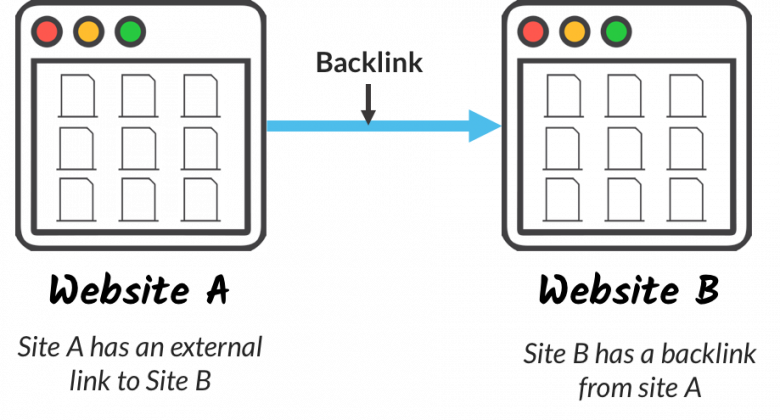
You can use various organic backlinking strategies, such as guest blogging and trade publications.
Approaching different resources in the industry to share your content can also produce effective results.
Social Media Promotion
Your website ranking is not directly linked to social media marketing. But it helps to generate clicks and boost your site traffic.

You can engage users by producing plenty of link shares that generate tons of leads that you can convert into sales.
Domain Authority
Domain authority is a score that search engines give your website by analyzing its strength. It ranges from 1 to 100, and a website with higher domain authority is likely to have a dominant web presence.
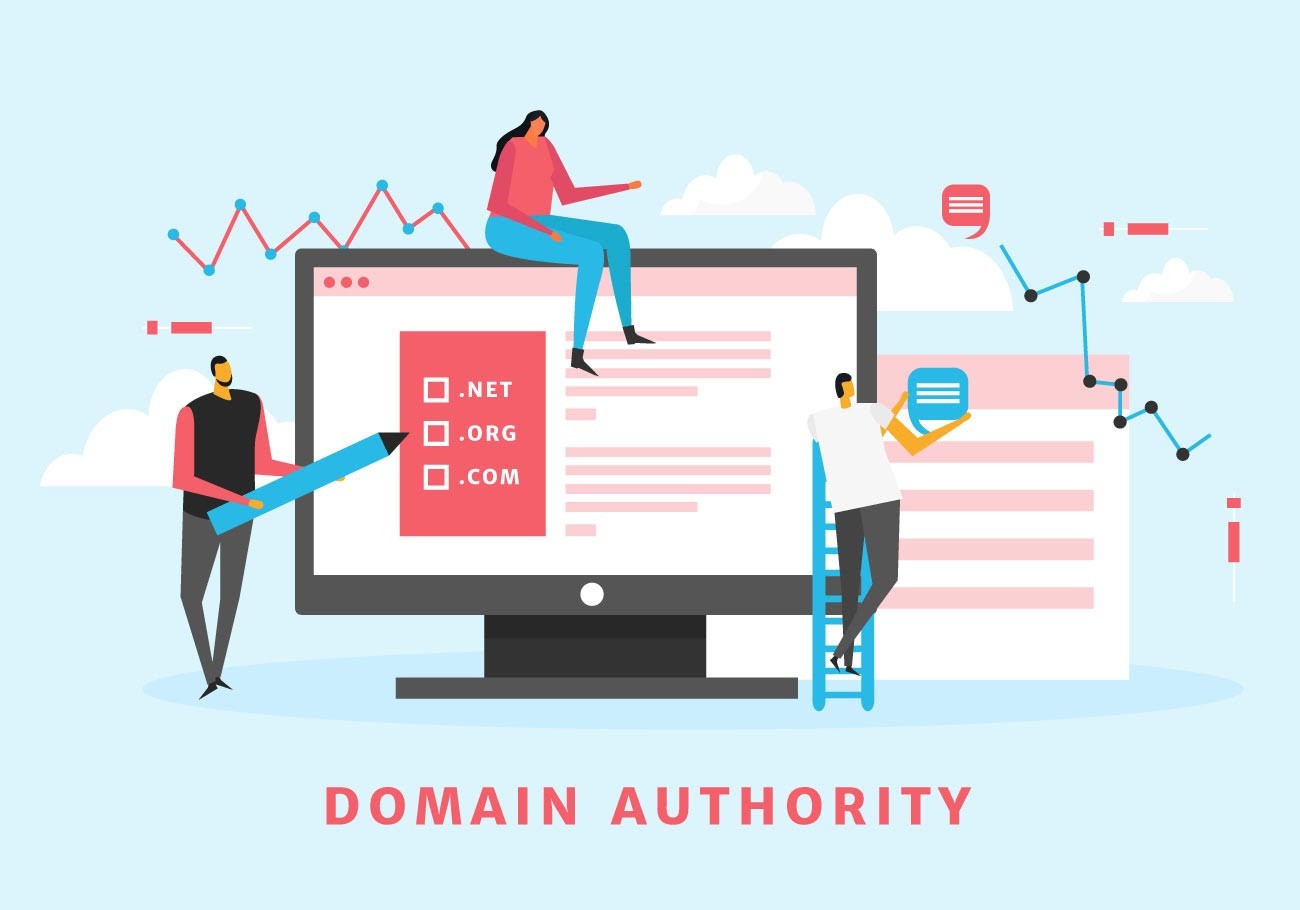
Your domain name history, quantity and quality of backlinks, and the number of page errors are some factors to measure domain authority.
If you have an error-free website with the best SEO practices implemented, you can enhance your domain authority which positively impacts your ranking.
Final Words
If you want to build advanced SEO strategies, then understanding on-page and off-page SEO practices are vital. You can only be successful if you can work on it together to improve your search engine visibility.
Google is thirsty for top-quality content, so you need to feed it continuously to maintain your ranking by supporting it with effective on-page SEO.
Afterward, you can work on off-page SEO to earn quality backlinks, improve domain authority, and effective social promotion to generate consistent traffic and leads.
Availing of professional SEO services is another way to attain a strong web presence and implement the latest on-page and off-page SEO practices.

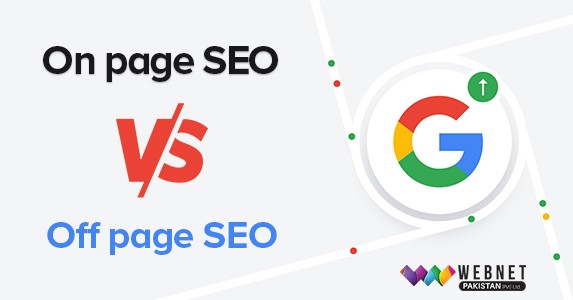

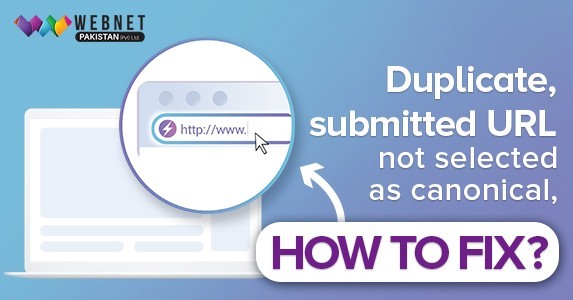
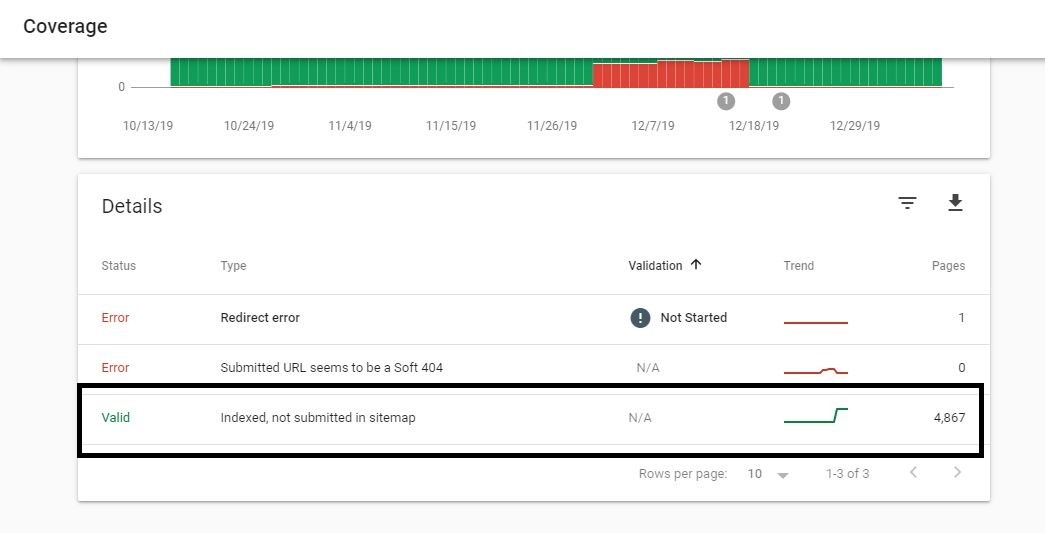
0 comment